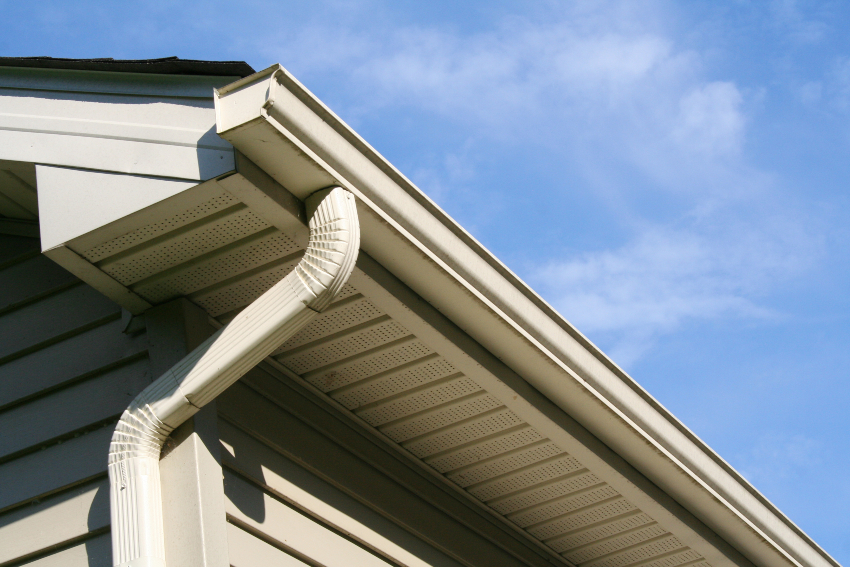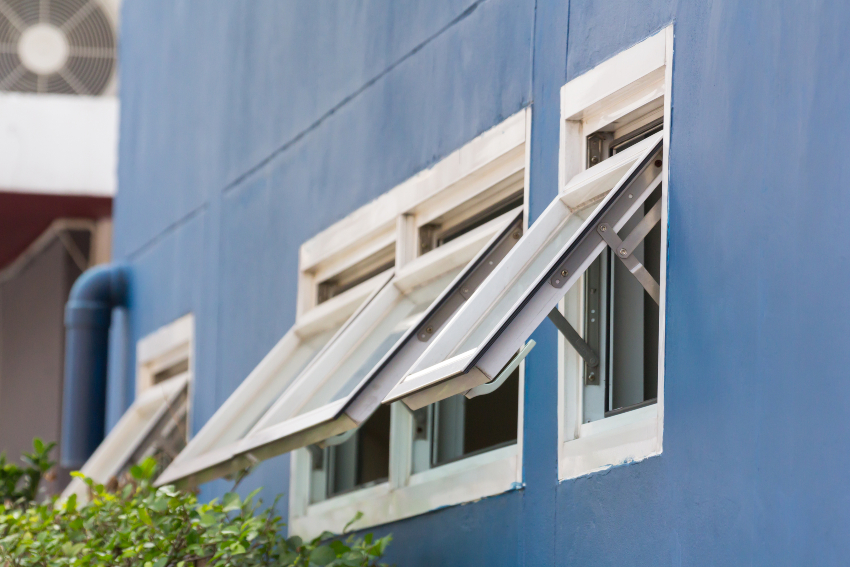Invest in Gutters to Protect Your Home

If you built or purchased your home with gutters already installed, you know the value of such a system. But if your roofline isn’t currently equipped with gutters, do you need them? Keep reading and discover some of the benefits of these water-draining methods to help you decide whether to invest in gutters to protect your home.
To Gutter or Not to Gutter
According to the Minnesota Department of Natural Resources website, the average annual rainfall in the state ranges from 20 inches in the northwest to 35 inches in the southeast. With such a wet climate, it’s probably worth your while to invest in gutters for your home.
A gutter system can protect your property in more ways than one.
Preserve the foundation. Minnesota summers are notorious for storms and heavy rains. When that rainwater pours down from your roof, it can lead to erosion as more soil washes away time and again. This can eventually cause damage to landscaping, sidewalks, and even your driveway.
Erosion that extends too close to the house can damage the foundation. Indicators include cracks in walls and chimneys or warped and uneven floors, all of which could be costly to repair.
Keep the basement dry. Rainwater that drains straight from the shingles often collects around the home’s foundation. As the soil becomes more saturated, it gets heavier and can cause cracks in basement walls. Those small cracks allow water to seep in, which may cause flooding or moisture buildup. This presents a danger on its own. Damp basements often harbor mold growth, which could affect the health of your family.
Safeguard your siding. Water streaming down can carry with it all sorts of debris, which over time can damage or discolor your siding – depending on which type you have. Stains, chips, or cracked paint can affect your home’s curb appeal.
What’s more, water damage can wear down the siding and cause it to crumble or rot, inviting unwelcome critters and pests inside. Compromised siding also allows in moisture, which again leads to issues with mold.
Installation
Once you make the choice to invest in gutters, be sure they’re property installed by professionals, like the experts at Spotless & Seamless, to ensure proper measurement, fastening, and fitting. Also, be sure to keep your new gutters free of debris and in working order.
To avoid gutter maintenance, ask about the LEAFAWAY® Gutter Protection system. Our Twin Cities home exteriors professionals are here to help with all of your home exterior needs. Contact us to learn more or to request an estimate.



